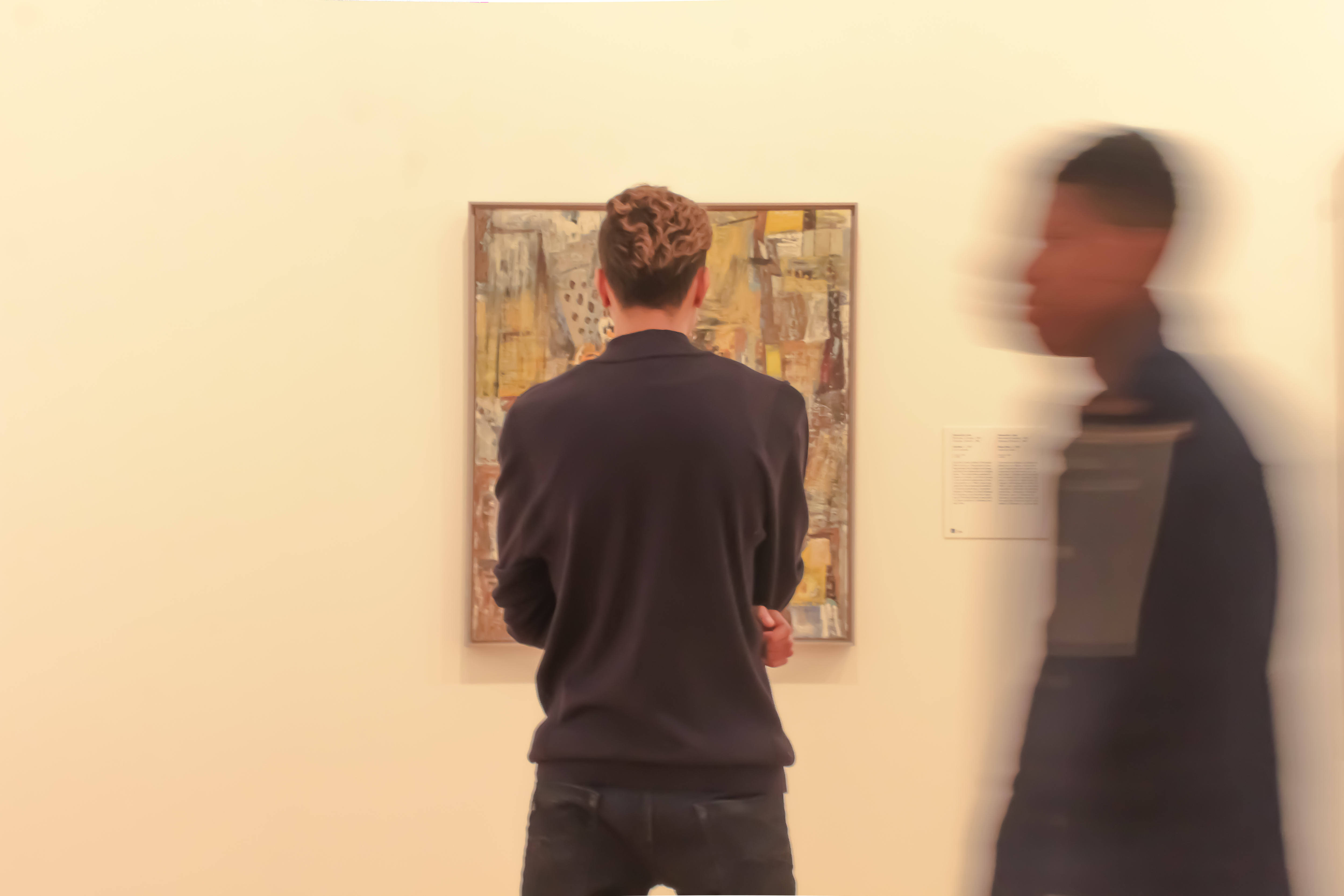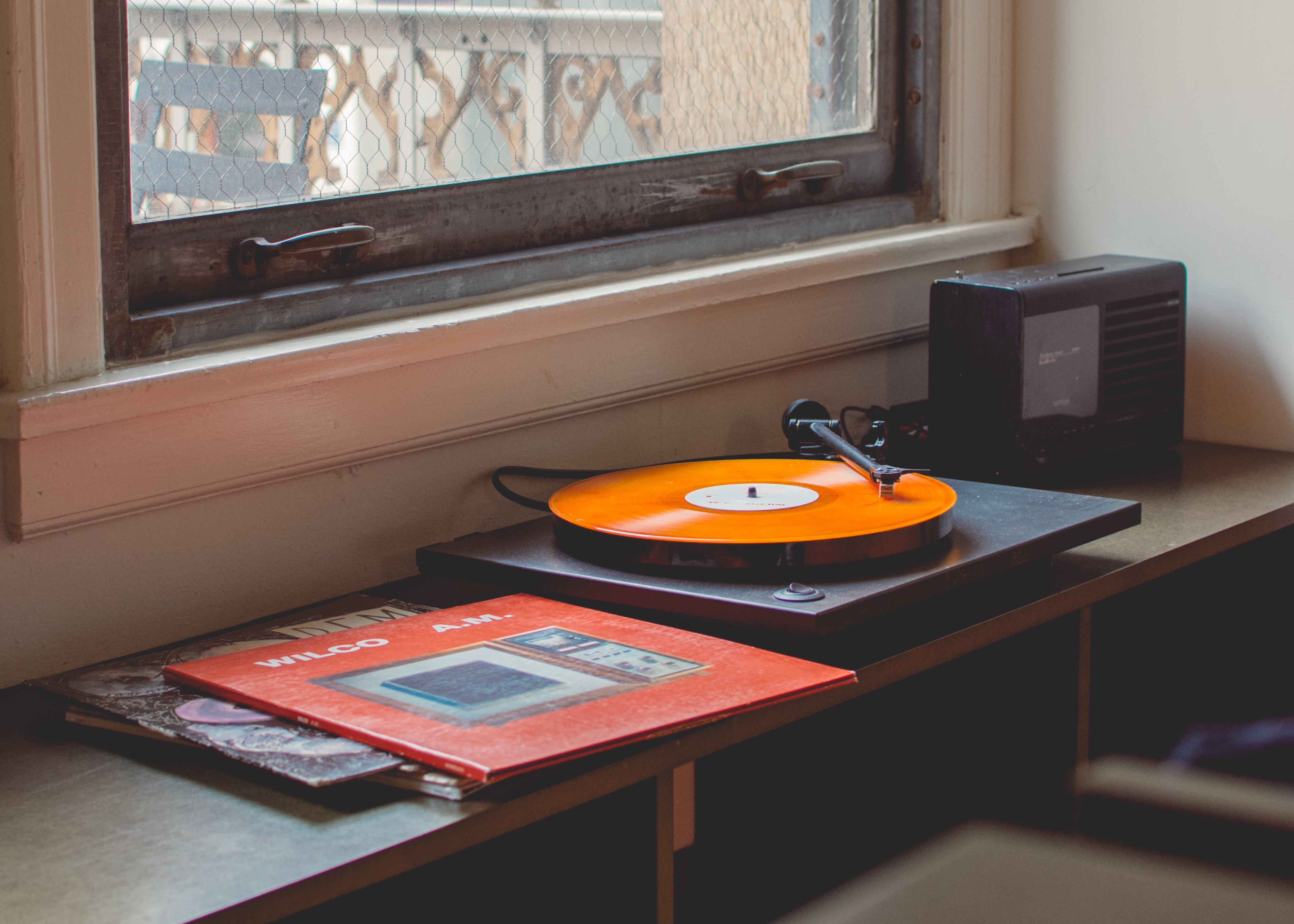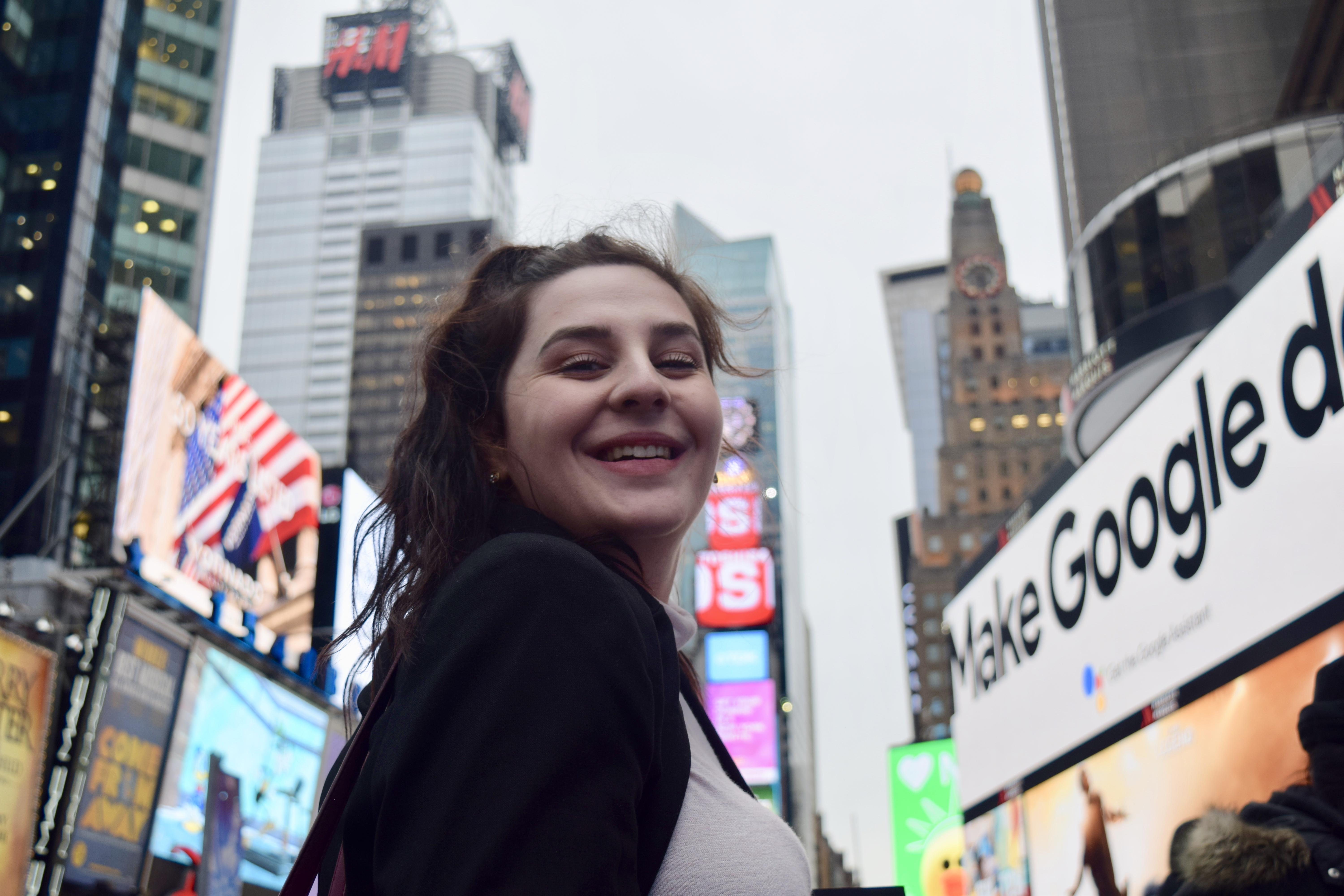The Acadia University Art Gallery’s latest installation Anthony Clementi: Critical Incident, explores world crisis through powerful and real images translated into paintings. Clementi’s work not only highlights issues, but seeks to display, using techniques and styles inspired by the old masters. He captures the beauty and hope that can be found even within a crisis.
Throughout the exhibition the works take the visitor on a journey through the world and to an assortment of recent incidents of crisis spanning environmental disaster, disease epidemics, and the on-going refugee crisis. A particularly interesting aspect of his work is his selection of images that include what he calls “optimistic objects.” One might think that a plastic bag or a medical mask would fade into the background of an image, but Clementi’s work highlights these objects and uses them as symbols of optimism.
Objects play roles of varying important in our everyday lives. Many objects go on existing without us ever recognizing how useful and important they are, but others are revered and they take on meaning outside of their practical uses, physical existence, and purpose. There are objects that act as a connection to the past or to other people, some that make us feel something, or that remind us of someone special, there are objects to symbolize love, happiness, celebration, and sadness. Objects, whether we realize it or not, have an immense hold on human lives and their importance is infinite.
Clementi’s use of images that feature every day objects being used in times of crisis emphasizes the power and symbolism of objects we see as everyday (read: unimportant), and in some cases, objects we see as trash.
Arguably the most striking objects in his works are plastic bags, which are especially visible in the section of the exhibition centered on the Syrian refugee crisis. The bags aren’t just being used in a temporary capacity in these images; instead they’re being clutched in the hands of people who have lost all but the contents of their plastic bags. The bags are certainly optimistic images; they indicate that the people so brilliantly captured in these images have hope that one day they will find safety and comfort, and that until then they will carry what they have. Without hope, these people would have no use for these bags; they would have no interest in keeping anything if they did not believe that they would survive to see a better life.
Perhaps more powerfully, the bags act as optimistic objects by making the people in the paintings relatable. We all know what it feels like to hold a plastic bag in our hands. We all understand the object, and somehow that offers a connection to these people. The bags offer a glimpse into the impact of crisis on human beings who have the same fundamental needs as those of us living in a relatively stable and privileged world. There is nothing more optimistic than humans making connections with one another, and humans empathizing because it is human connection and empathy that lead people to demand change.
Anthony Clementi: Critical Incident can be viewed at the Acadia University Art Gallery (Beverige Arts Centre, 10 Highland Ave.) until April 21, 2016.





